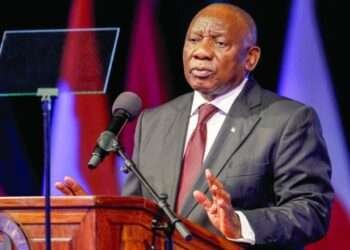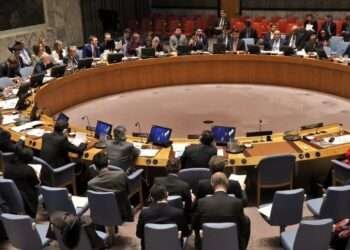Bank of Zambia is expected to raise its policy rate by 100 basis points (bps) to 10.0% in 2022, after hiking by 50 basis points on November 24, 2021, according to Fitch Solutions.
The hike in the policy rate was against expectations, signaling an upward revision of forecasts from 9.50 per cent, Fitch noted. The BoZ highlighted persistent constraints on economic activity due to the COVID-19 pandemic.
The new BoZ Governor Denny Kalyala noted that inflation remained above target, and announced that the Central bank will continue to normalize the monetary policy stance after 350bps in 2020.
“At Fitch Solutions, we expect that the Bank of Zambia (BoZ) will raise its policy rate by 100 basis points (bps) to 10.00% in 2022, after hiking by 50bps at its November 2021 policy meeting.”
Fitch Solutions
Based on forecasts, the country’s real GDP is expected to accelerate from 3.1 per cent to 3.3 per cent in 2022. Tourist arrivals is expected to rebound as vaccine roll-outs around the world progress, while the further easing of domestic lockdown restrictions will support private consumption and investment.
“We believe that the continued recovery of the economy will allow the BoZ to focus on bringing inflation back within the 6.0-8.0% target range.”
Fitch Solutions
Inflation is likely to continue to slow over 2022, but remain above target, Fitch said. Inflation slowed from an historic high of 24.6 per cent year-on-year in July 2021 to 21.1 per cent in October, 2021 as a sharp appreciation of the kwacha in August 2021 dampened import costs.
“We expect that the kwacha will follow a mild depreciatory trend over 2022, which will limit the rise in imported price pressures.”
Fitch Solutions
Risks to Inflation Forecast in 2022
Favourable weather conditions throughout 2021 have boosted domestic food supplies. That said, food inflation is expected to moderate further over the coming quarters, after slowing from 31.6 per cent year-on-year in August, 2021 to 28.1 per cent in October 2021.
In addition, the Zambian government is currently negotiating a financial programme with the IMF, which is likely to start in early 2022 and will likely involve removing fuel subsidies and moving towards cost-reflective electricity tariffs.
This, along with rising demand-side pressures as economic activity strengthens, will prevent a sharper slowdown in headline inflation, which “we forecast will ease from an average of 22.6 per cent in 2021 to a still high 14.0 per cent in 2022,” Fitch said.
Fitch expects that the Bank of Zambia will hike the policy rate by 50bps to 10.50 per cent in early 2023, and thereafter leave the rate on hold as inflation returns to within target by H2 2023 (in line with the BoZ’s projections).
“While we see the US Fed continuing to tighten gradually until 2026, slowing inflation in Zambia will support domestic real interest rates (which will turn positive in 2023) and reduce the need for further hikes.”
Fitch Solutions
However, there are underlying risks to the forecast, which are broadly mixed. On the one hand, the faster-than-expected slowdown in inflation over the coming quarters could reduce the need for monetary tightening. The BoZ may potentially hike the interest rate by just 50bps in 2022, Fitch said.
On the other hand, stronger-than-expected growth could provide the BoZ room for aggressive tightening in order to accelerate the slowdown in inflation, Fitch said.
READ ALSO: Gains by ETI Mastermind Benchmark Weekly Index Rise of 0.23%





















